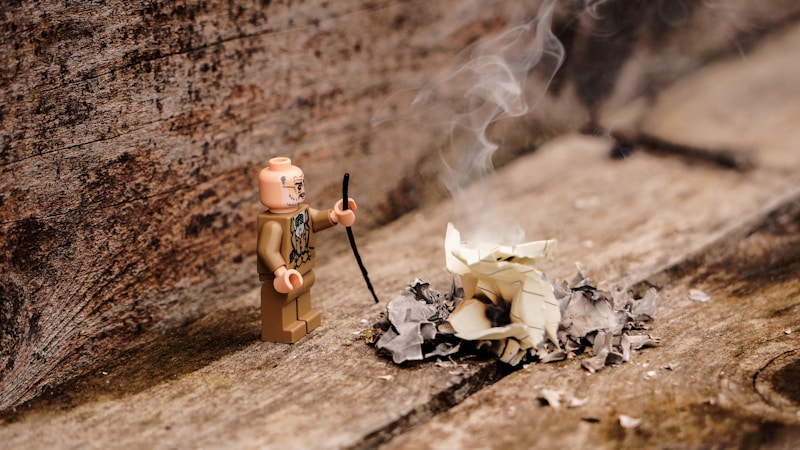Questions and Answers
Which structure forms the medial 1/4 of the posterior wall of the inguinal canal?
What is the origin of the Cremasteric artery?
What is the function of the lower border of the external oblique aponeurosis?
Which nerve is responsible for the sympathetic plexus in the spermatic cord?
Signup and view all the answers
Which muscle lies close to the midline of the anterior abdominal wall?
Signup and view all the answers
What is the purpose of the Pampiniform plexus of veins in the spermatic cord?
Signup and view all the answers
What is the origin of the external oblique muscle?
Signup and view all the answers
What is the function of the inguinal ligament in the inguinal canal?
Signup and view all the answers
What is the location of the deep inguinal ring?
Signup and view all the answers
What is the function of the Scarpa's fascia?
Signup and view all the answers
What is the name of the ligament that forms the boundary of the inguinal canal in females?
Signup and view all the answers
What is the extension of the linea alba?
Signup and view all the answers
Which of the following layers of the scrotum is responsible for the shutter mechanism of the inguinal canal?
Signup and view all the answers
What is the primary function of the ball valve mechanism in the inguinal canal?
Signup and view all the answers
What is the most common risk factor for developing a weakness in the abdominal wall?
Signup and view all the answers
What is the definition of a hernia?
Signup and view all the answers
Which type of hernia appears on the surface of the body?
Signup and view all the answers
What is the primary function of the flap valve mechanism in the inguinal canal?
Signup and view all the answers
What is the main reason why inguinal hernias are more common in males?
Signup and view all the answers
What is the direction of descent of an indirect inguinal hernia?
Signup and view all the answers
What is the clinical importance of the femoral canal dead space?
Signup and view all the answers
What is the characteristic of the neck of a femoral hernia?
Signup and view all the answers
What is the purpose of a Transversus Abdominis Plane (TAP) block?
Signup and view all the answers
What is the sac of a hernia composed of?
Signup and view all the answers
Study Notes
Inguinal Canal
- The inguinal canal has an oval shape with 2 structures in each wall:
- Anterior wall: external oblique and part of internal oblique
- Roof: lower arching fibers of internal oblique and transversus abdominis
- Posterior wall: fascia transversalis and conjoint tendon (medial half)
- Floor: inguinal ligament
- The lateral 1/2 of the posterior wall is weak because it is formed of fascia transversalis only
Contents of Inguinal Canal
- Male: ilio-inguinal ligament, spermatic cord (vessels, nerves, lymphatics, and duct)
- Female: round ligament of uterus, ilio-inguinal nerve
Spermatic Cord
- Coverings: internal spermatic fascia, cremasteric fascia and muscle, external spermatic fascia
- Contents: testicular artery, artery of the vas deferens, cremasteric artery, cremasteric nerve, ilioinguinal nerve, sympathetic plexus, vas deferens, pampiniform plexus of veins, lymphatics, and vestige of the processus vaginalis
Abdominal Wall Layers
- Below the umbilicus, superficial fascia is formed of 2 layers: Camper's fascia (superficial fatty layer) and Scarpa's fascia (deep membranous layer)
Anterior Abdominal Wall Muscles
- 6 muscles: external oblique, internal oblique, transversus abdominis, rectus abdominis, pyramidalis, and cremasteric muscle
- External oblique: origin at the outer surface of the lower 8 ribs, insertion at the xiphoid process, linea alba, pubic crest, tubercle, and ASIS
- Linea alba: formed by the aponeuroses of right and left external obliques, extending from the xiphoid process to the symphysis pubis
Inguinal Ligament (Poupart's Ligament)
- Definition: thickened lower free border of the external oblique aponeurosis
- Extension: between the pubic tubercle and the anterior superior iliac spine
- Laterally: gives attachment to 2 muscles
Deep Inguinal Ring
- Deficiency in fascia transversalis
- Located ½ an inch above the midpoint of the inguinal ligament
Layers of the Scrotum
-
- Skin
-
- Dartos muscle
-
- Membranous layer of the superficial fascia (Colle's fascia)
-
- External spermatic fascia
-
- Cremasteric muscle and fascia
-
- Internal spermatic fascia
-
- Parietal layer of tunica vaginalis
Mechanisms of the Inguinal Canal
- Flap valve mechanism: compression of ant. and post. walls during the rise of intra-abdominal pressure
- Shutter mechanism: contraction of internal oblique muscle approximating the roof and floor of the canal
- Ball valve mechanism: contraction of the cremasteric muscle elevating the testis and plugging the superficial ring
Hernia
- Definition: protrusion of any abdominal viscus through a weak point of the abdominal wall
- Types: external hernia (appears on the surface) and internal hernia (does not appear on the surface)
- Etiology: weakness of the abdominal wall and increased intra-abdominal pressure
- Structure: sac, content, and coverings
Inguinal Hernia
- Types: indirect (oblique) and direct
- Indirect inguinal hernia: processus vaginalis has remained open, common in young males, and usually extends into the scrotum
Femoral Hernia
- Clinical importance: femoral canal dead space for distension of the femoral vein during muscular exercise
- Pathway for lymph vessels from the lower limb to the abdomen and pathway for femoral hernia
- Common in females due to a wide femoral ring and small-sized femoral vein
Transversus Abdominis Plane (TAP) Block
- Definition: a peripheral nerve block designed to anesthetize the nerves supplying the anterior abdominal wall (T6 to L1)
Studying That Suits You
Use AI to generate personalized quizzes and flashcards to suit your learning preferences.
Description
Test your knowledge of the anatomy of the abdominal wall, including the inguinal canal and hernia, superficial fascia, and anterior abdominal wall muscles. Learn about the different layers and muscles involved in this complex region of the body.




